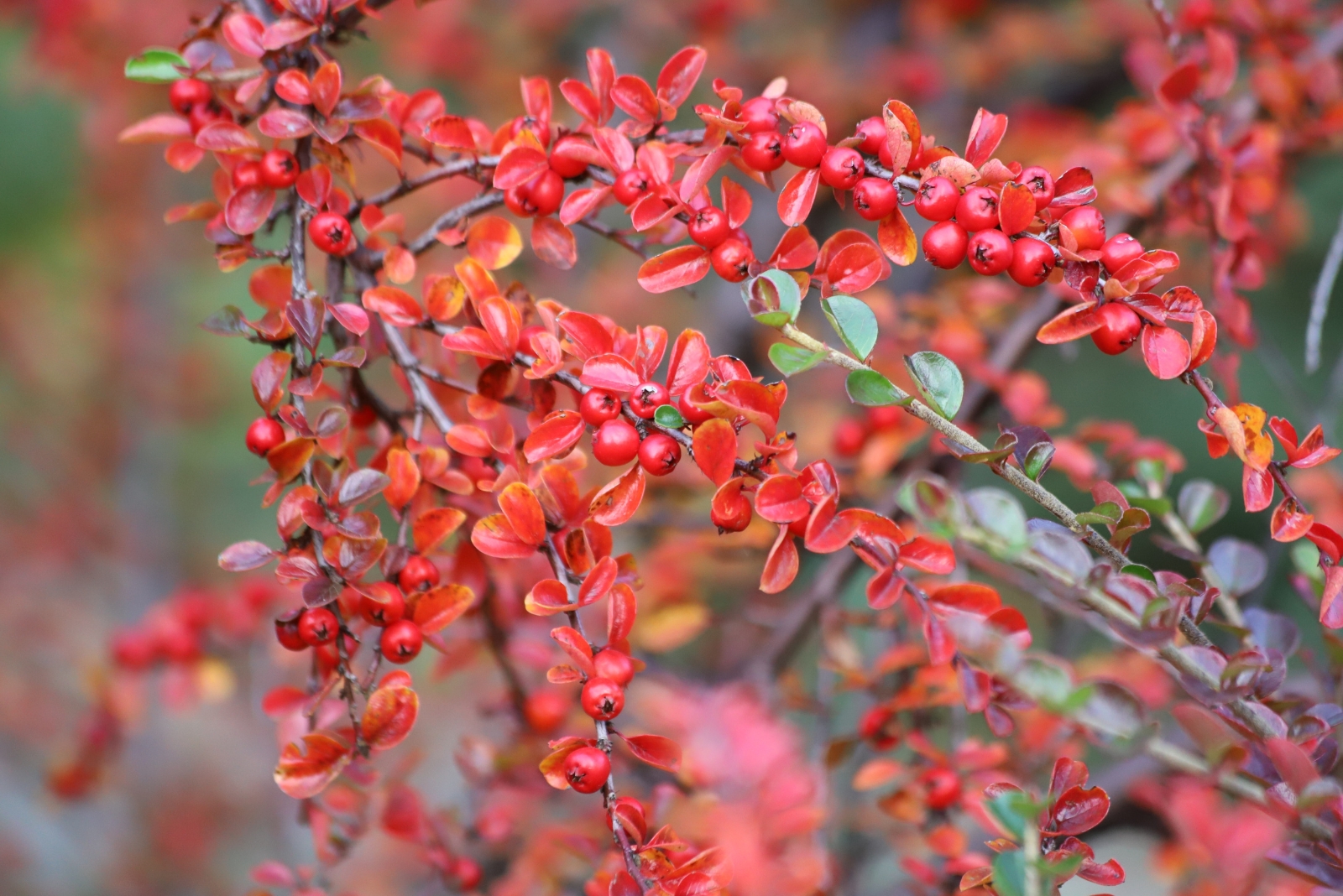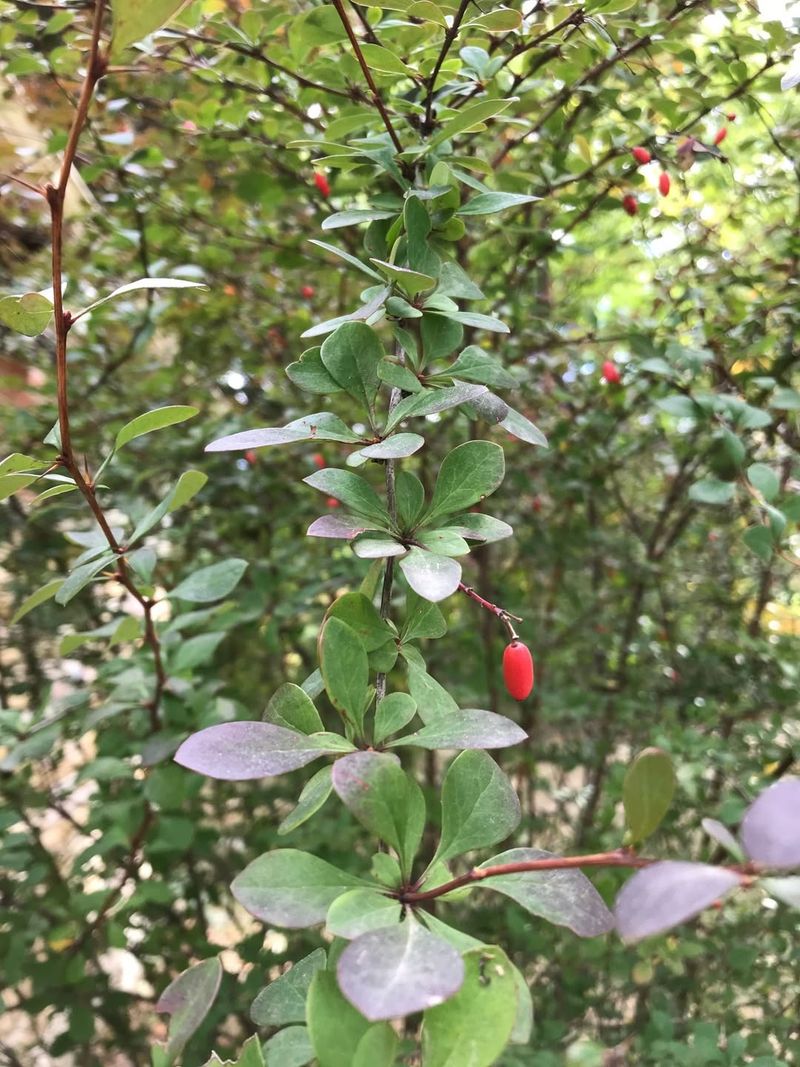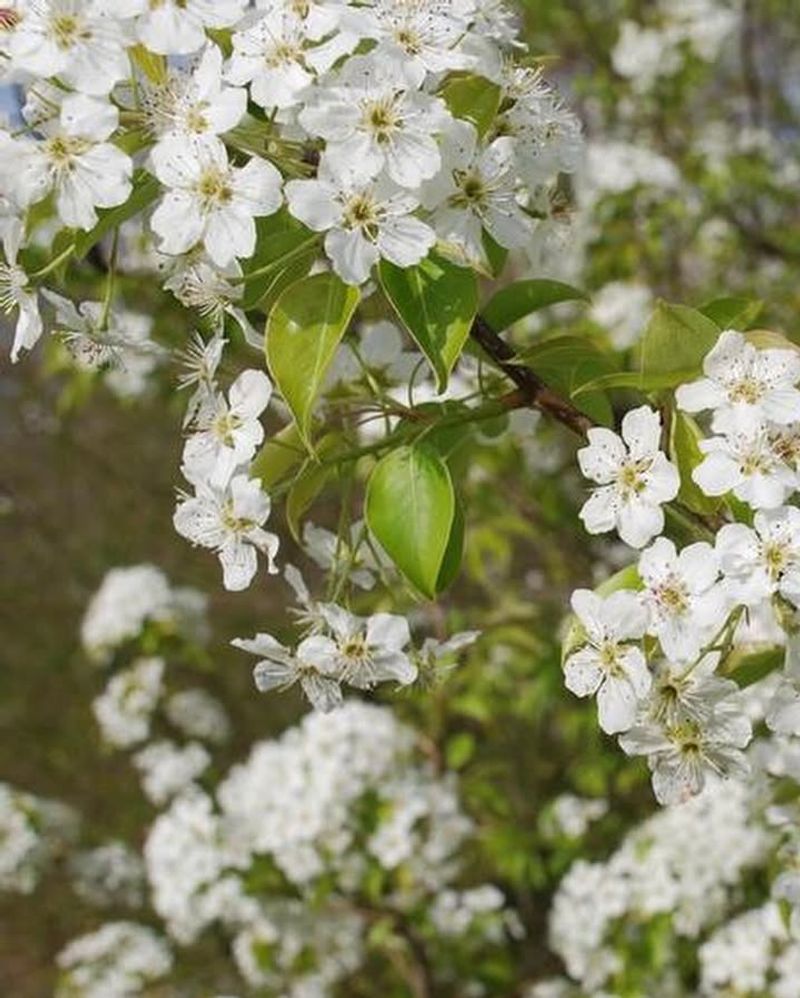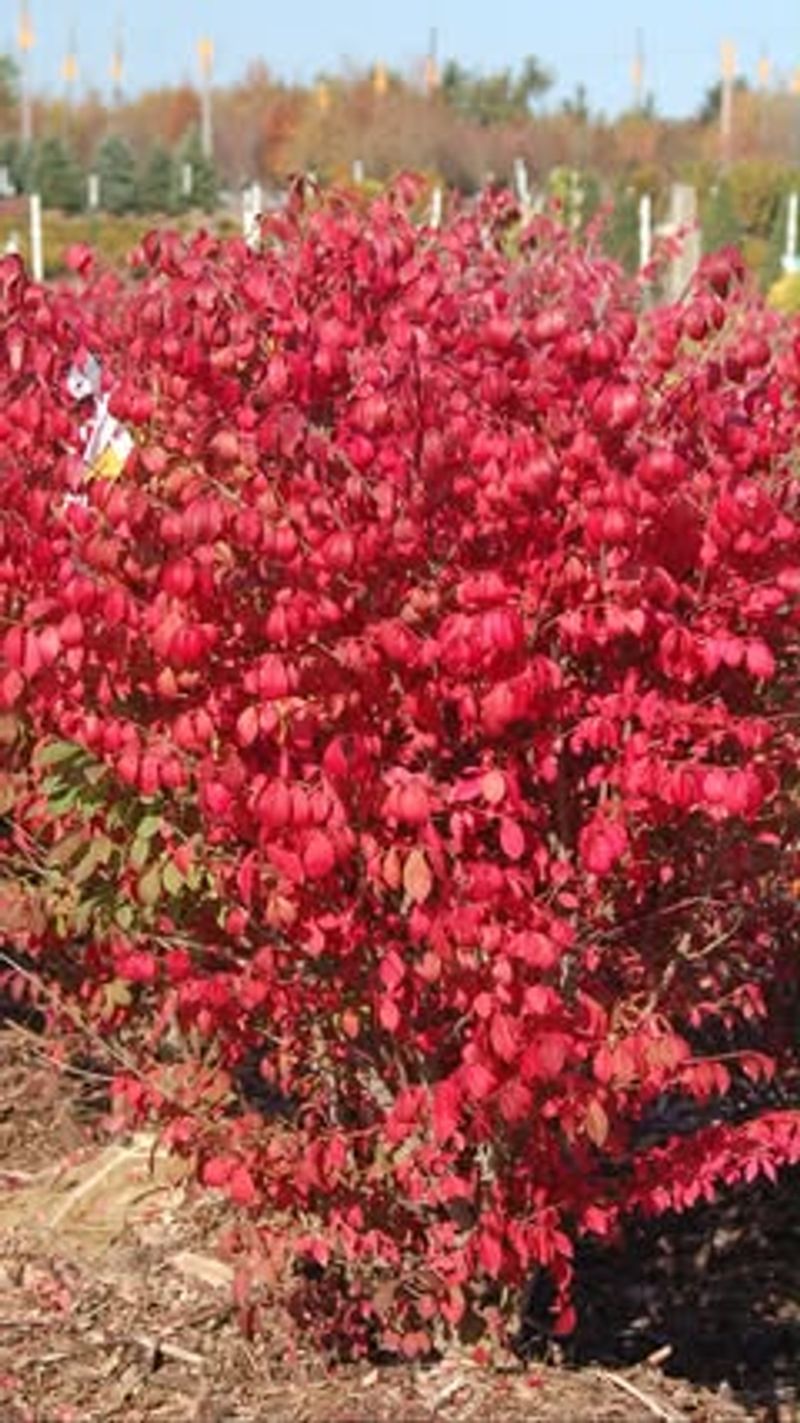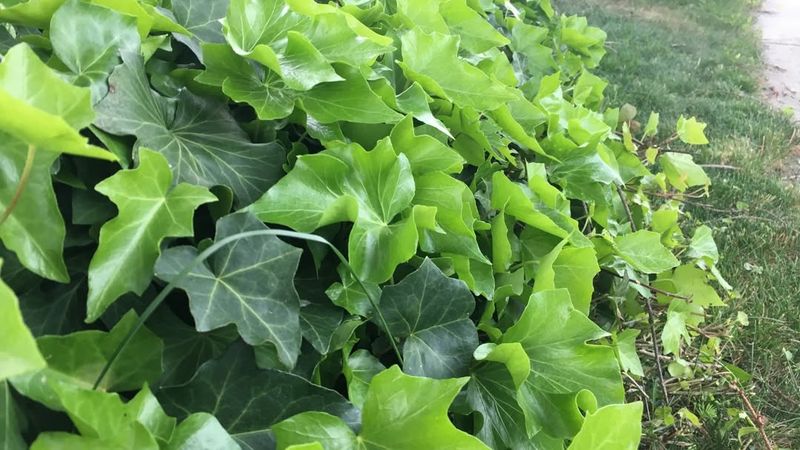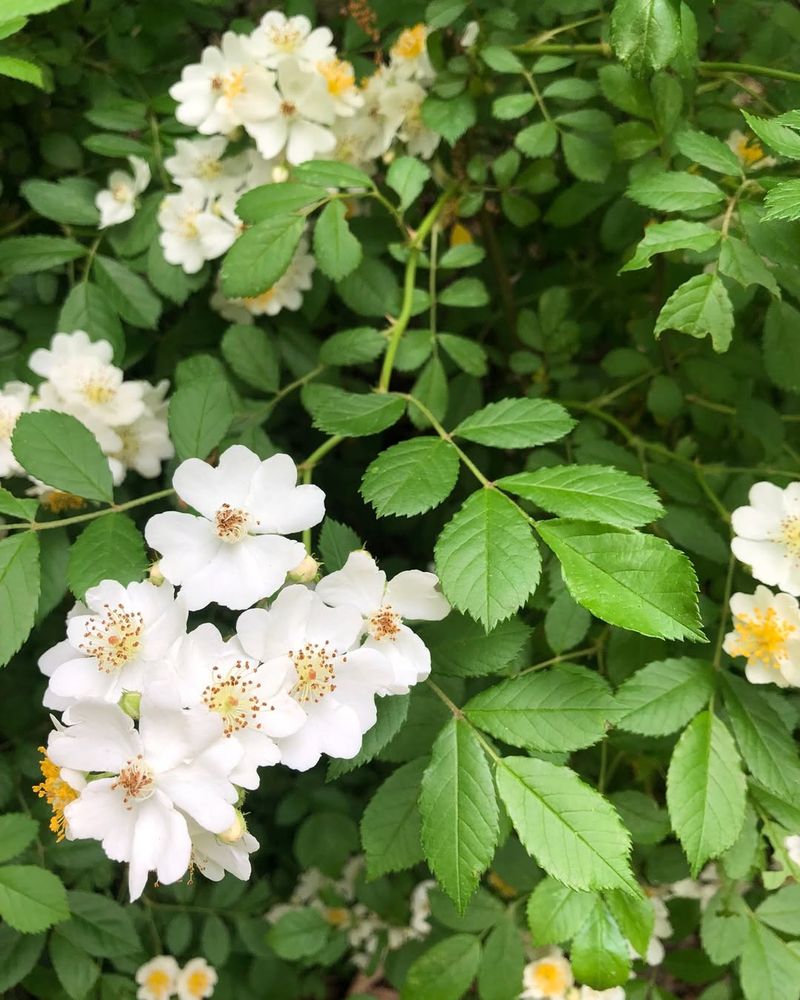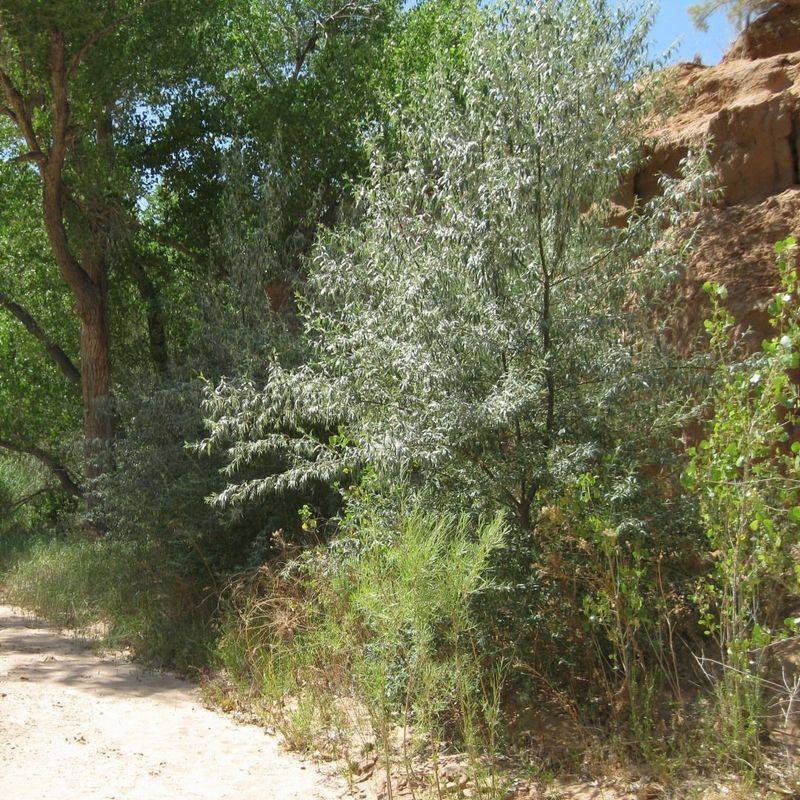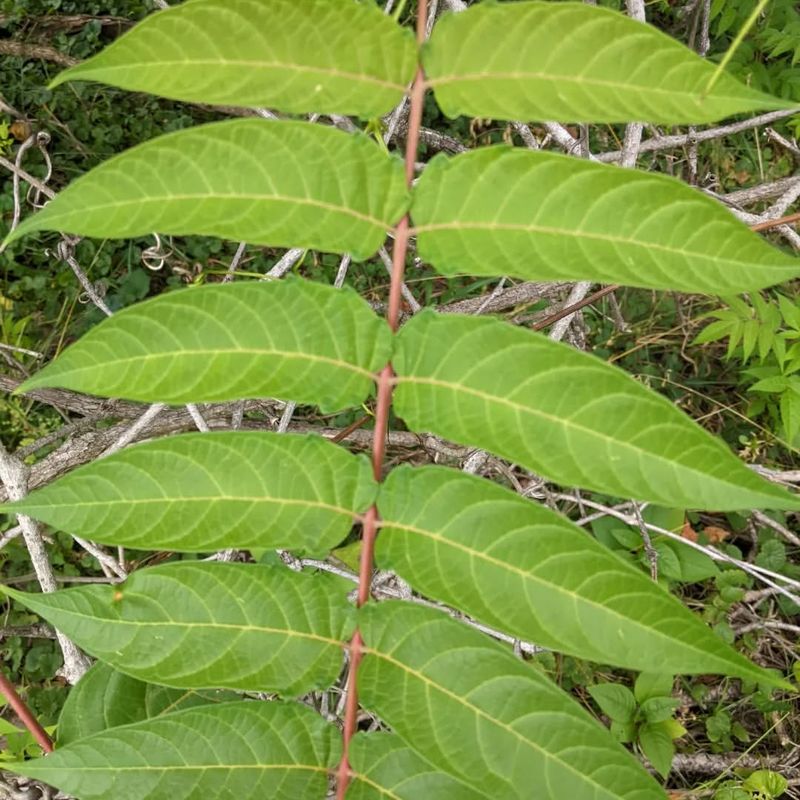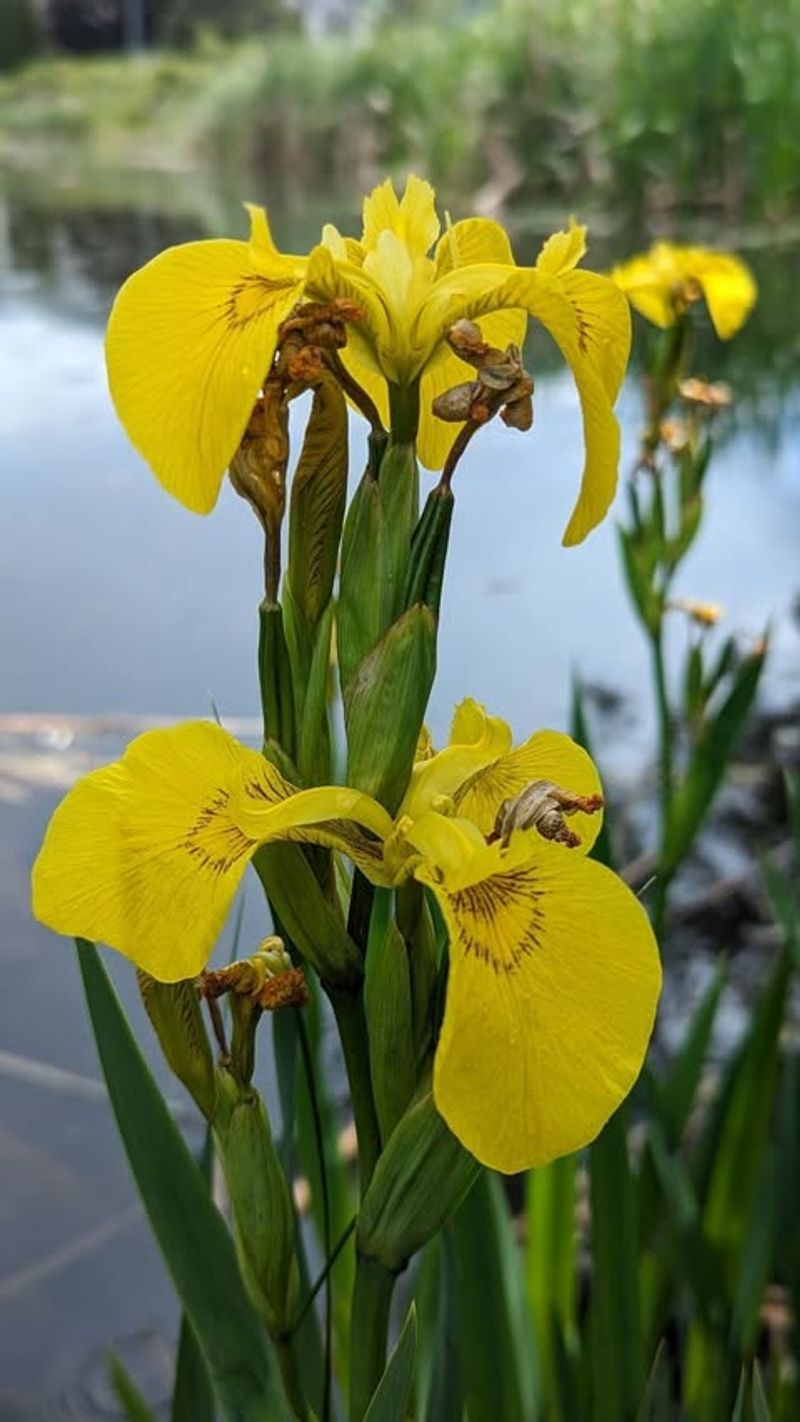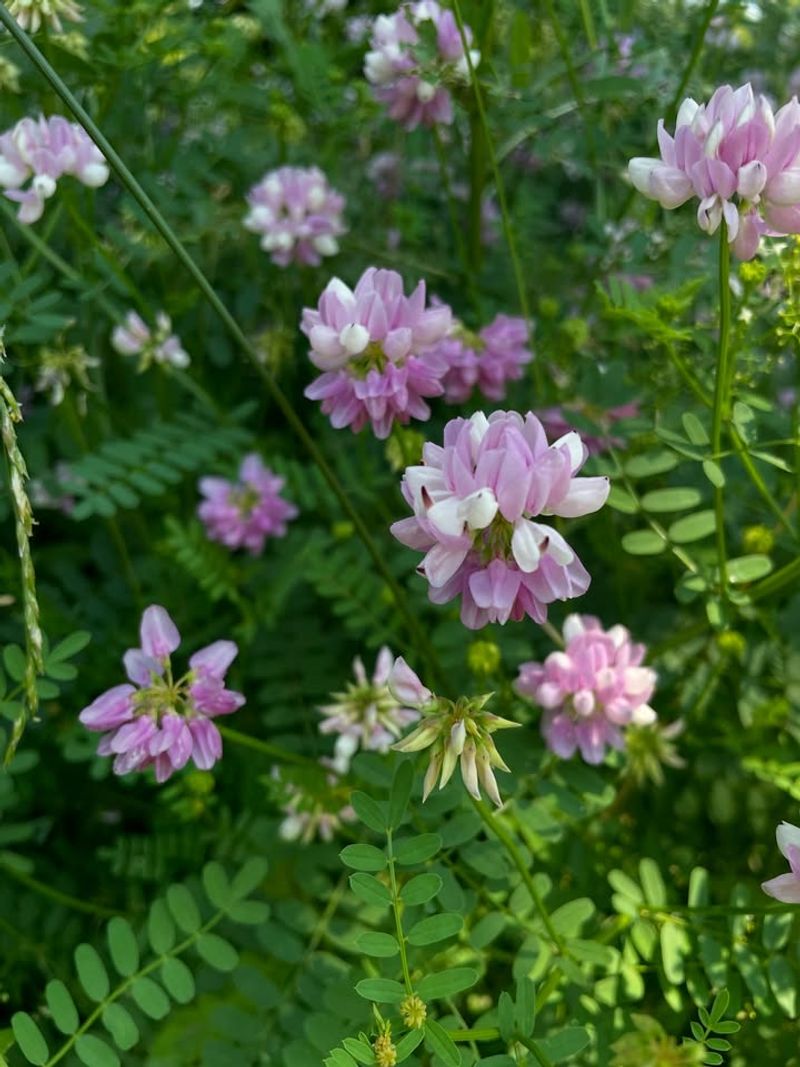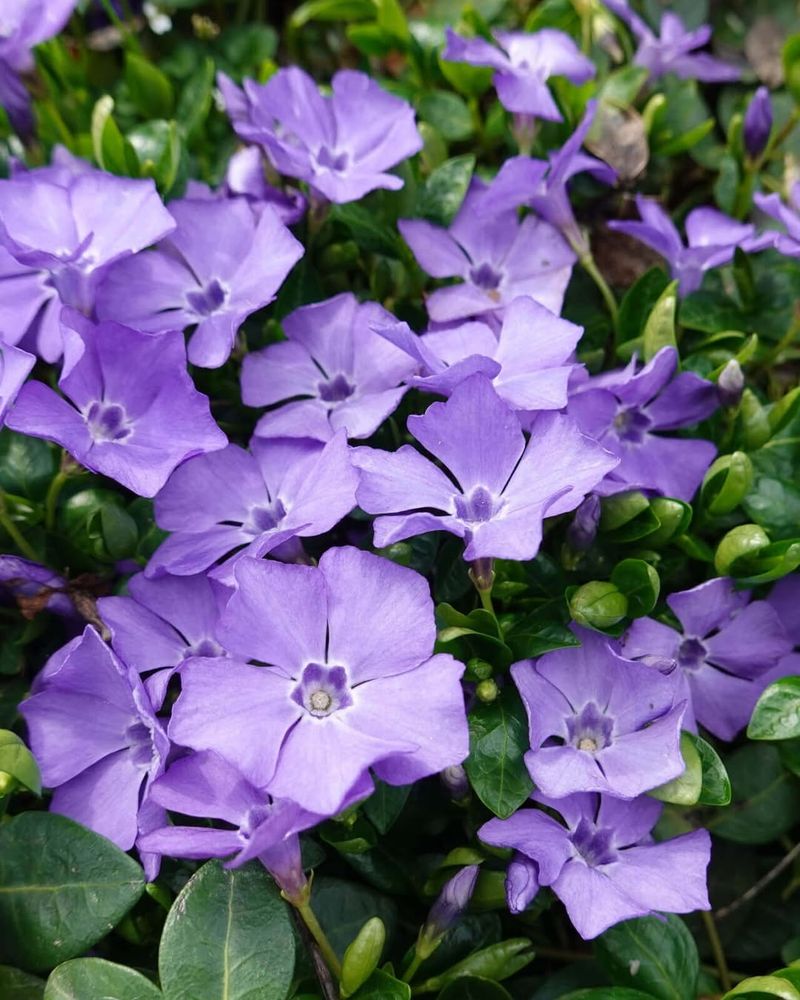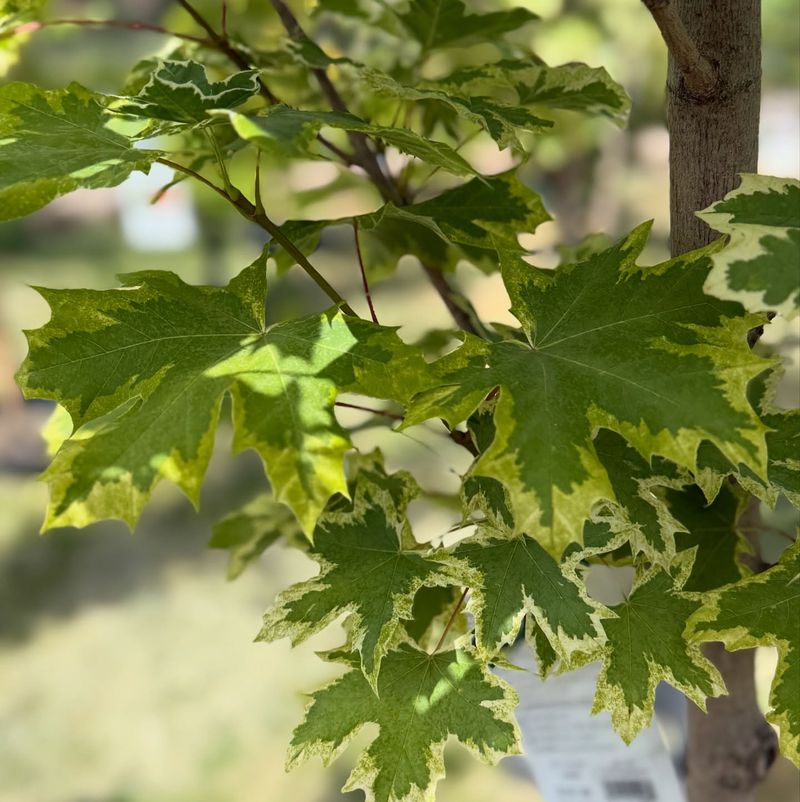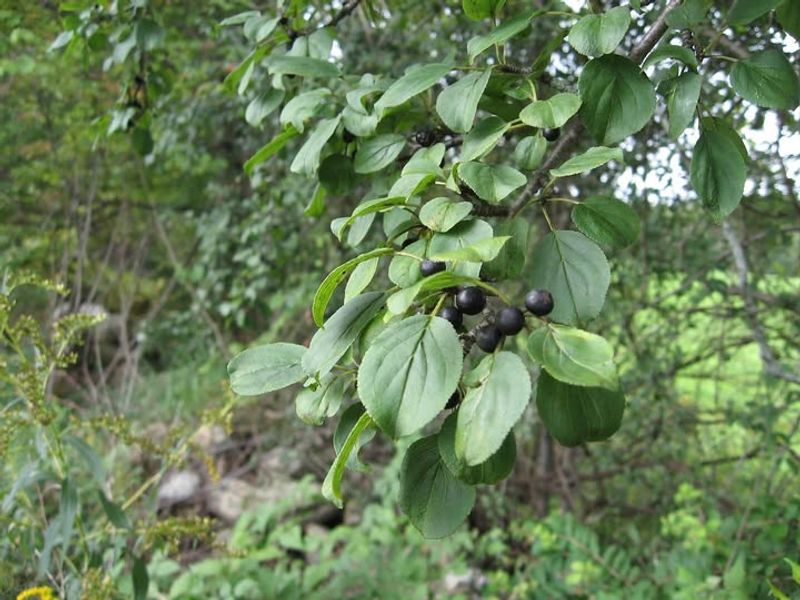Nebraska gardeners, some plants could be facing restrictions soon. Knowing which ones to watch can save you from headaches later.
I’ve highlighted twelve plants that might soon be off-limits in Nebraska. Keep your garden legal and thriving with these tips.
1. Japanese Barberry
Homeowners across Nebraska have planted this thorny shrub for decades as a decorative hedge. Unfortunately, Japanese barberry escapes gardens easily and takes over forest floors.
Scientists discovered it creates perfect hiding spots for ticks that carry Lyme disease. The dense branches also prevent native wildflowers from growing underneath.
State agricultural experts are reviewing whether to add it to the restricted plant list. If you have it now, consider replacing it with native alternatives.
2. Callery Pear
You might know this as the Bradford pear tree, famous for its gorgeous white flowers each spring. Nebraska neighborhoods are filled with these ornamental trees, but they have become a major headache.
They break apart easily during storms, and their seeds spread aggressively into pastures and natural areas. Birds eat the small fruits and deposit seeds everywhere, creating thorny thickets.
Several states have already banned sales, and Nebraska may follow suit soon.
3. Burning Bush
Fall landscapes in Nebraska glow with the brilliant red leaves of burning bush. Garden centers sell thousands of these shrubs every year for their spectacular autumn color.
However, birds spread the seeds into woodlands where the plants outcompete native species. Once established, burning bush forms dense stands that block sunlight from reaching forest floors.
Wildlife officials worry about its impact on natural habitats. Proposed regulations could limit or prohibit future plantings across the state.
4. English Ivy
Climbing up fences and buildings throughout Nebraska, English ivy adds classic charm to landscapes. Many people appreciate its evergreen leaves and ability to cover bare walls quickly.
The problem starts when it escapes into forests and parks. English ivy smothers trees by blocking sunlight and adding dangerous weight to branches.
It also provides hiding places for rats and mosquitoes near homes. Nebraska conservation groups are pushing for restrictions to prevent further environmental damage from this aggressive climber.
5. Multiflora Rose
Farmers once planted multiflora rose along property lines as living fences across Nebraska’s countryside. Its thorny branches seemed perfect for controlling livestock and preventing erosion.
Decades later, this decision haunts landowners as the rose spreads uncontrollably through pastures and forests. Each plant produces hundreds of thousands of seeds that birds scatter widely.
The impenetrable thickets reduce grazing land and choke out valuable native plants. Stricter regulations may soon prohibit any new plantings statewide.
6. Russian Olive
Did you know? Russian olive trees were originally promoted by the government for windbreaks on Nebraska farms. Their silvery leaves and tough nature made them popular for protecting crops from harsh prairie winds.
Now they dominate riverbanks and crowd out cottonwoods and willows that native animals need. The trees use excessive amounts of water and change soil chemistry.
Nebraska wildlife officials are working on plans to restrict future plantings and encourage removal of existing trees.
7. Tree of Heaven
Despite its heavenly name, this fast-growing tree causes earthly problems throughout Nebraska. Tree of heaven sprouts up along roadsides, in vacant lots, and anywhere soil gets disturbed.
A single tree produces thousands of seeds and sends up dozens of root sprouts. Its leaves release chemicals that prevent other plants from growing nearby.
The tree also attracts spotted lanternflies, destructive insects threatening agriculture. State officials are considering adding it to the prohibited species list for Nebraska.
8. Yellow Flag Iris
Bright yellow blooms make this iris attractive for water gardens and pond edges across Nebraska. Gardeners appreciate how easily it grows in wet spots where other plants struggle.
Unfortunately, yellow flag iris escapes cultivation and invades natural wetlands. Its dense root systems crowd out native aquatic plants and reduce habitat quality for fish and waterfowl.
The plant contains toxins harmful to livestock that drink from contaminated ponds. Nebraska may soon regulate or ban this deceptively pretty wetland invader.
9. Crown Vetch
Highway departments once planted crown vetch extensively along Nebraska roadsides to prevent erosion. Its pink flowers and spreading habit seemed ideal for stabilizing slopes and embankments.
Years later, it has become a maintenance nightmare. Crown vetch forms thick mats that smother native prairie plants and resist control efforts.
It spreads through both seeds and underground stems, making removal extremely difficult. State botanists are reviewing whether to prohibit new plantings and recommend better native alternatives for erosion control.
10. Periwinkle
Also called vinca or myrtle, periwinkle creates attractive evergreen carpets under trees throughout Nebraska. Garden centers promote it as a carefree solution for shady areas where grass won’t grow.
But periwinkle doesn’t stay where you plant it. It creeps into woodlands and natural areas, forming dense mats that exclude native wildflowers.
Forest ecosystems suffer when spring wildflowers disappear. Environmental groups want Nebraska to restrict this common ground cover to protect native plant diversity.
11. Norway Maple
Stately Norway maples line streets in older Nebraska neighborhoods, providing dense shade during hot summers. Homeowners planted them for decades as attractive, hardy shade trees.
The problem emerges when their seeds germinate in nearby forests. Norway maples create such deep shade that nothing grows underneath them.
They outcompete native sugar maples and other indigenous trees. Their shallow roots also make growing grass beneath them nearly impossible. Nebraska forestry officials are discussing potential restrictions on future plantings.
12. Common Buckthorn
Birds love the dark berries of common buckthorn, which helps explain how it spread across Nebraska so quickly. Settlers originally planted it for hedges and wildlife food.
Now it dominates forests and parks, forming impenetrable thickets that exclude native shrubs. Buckthorn also changes soil chemistry, making conditions worse for native plants.
Its berries act as laxatives for birds, causing poor nutrition. Nebraska conservation officials are considering regulations to prevent further spread of this troublesome invader throughout the state.

